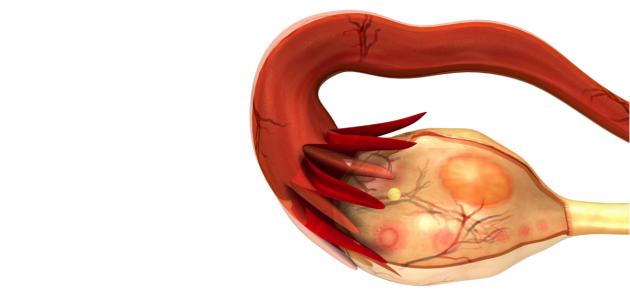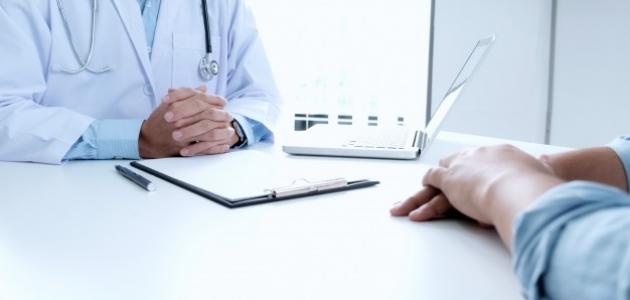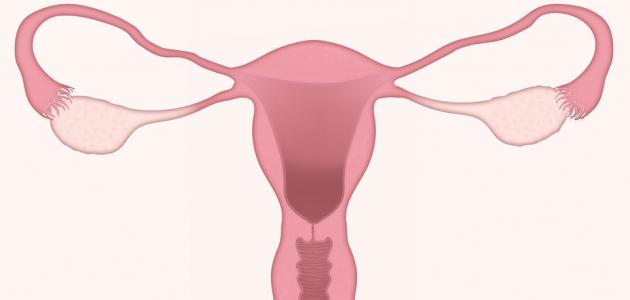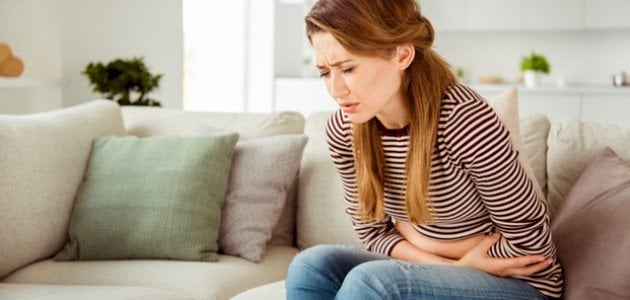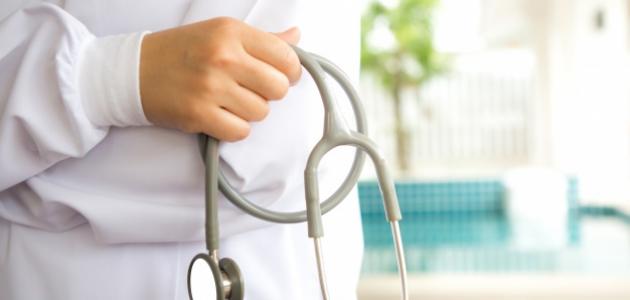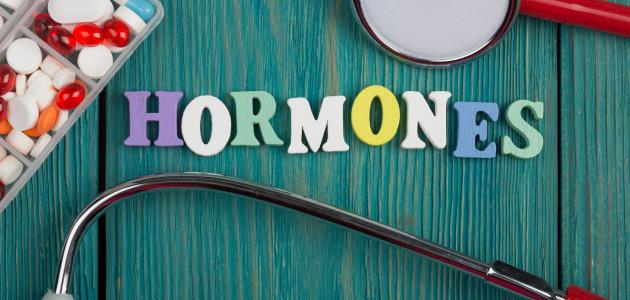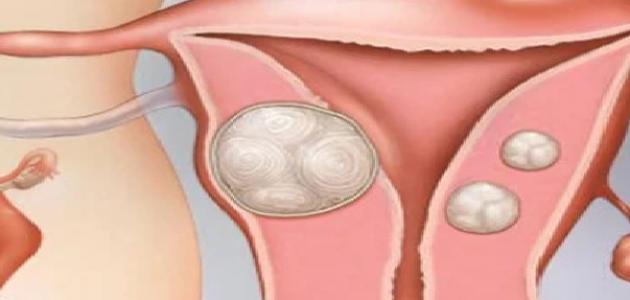Tips and advice to relieve menstrual pain
Non-drug treatment methods can help reduce menstrual pain or menstrual cramps (Dysmenorrhea), and although the effectiveness of these treatments does not reach the level of effectiveness of drug treatments, the two methods can be combined to achieve the greatest benefit in alleviating pain. Among the tips that help relieve menstrual pain, the following can be mentioned:
- Heat use
Heat helps relax the muscles of the uterus and the muscles surrounding it, which may relieve cramps and discomfort. A hot water bottle or hot water bottle can be used and placed on the abdomen to relieve cramps. A hot water bottle can also be placed on the lower back to get rid of back pain. In addition to the possibility of taking a warm bath, this helps relax the muscles of the back, abdomen, and legs.
- exercise
Practicing exercises, especially light ones, such as: light stretching exercises, yoga, or walking, may help relieve pain, and they also cause the secretion of endorphins, which are natural pain-relieving substances. However, practicing vigorous and strenuous exercises may not It is beneficial for women who suffer from pain.
Read also:Breast pain before period- massage
This can help relax the pelvic muscles and relieve spasms.
- Eat low-fat foods and eat more raw vegetables and grains.
- Stress control
This can be done by practicing relaxation exercises such as deep breathing, as stress makes symptoms worse.
- Quit Smoking
Smoking increases the risk of dysmenorrhea, so it is recommended to abstain from smoking, avoid people who smoke, and consult a health care provider to help quit smoking.
- Limit your intake of foods and drinks containing caffeine.
- Take a rest when needed.
- Refrain from drinking Alcohol.
- Avoid foods that contain salt.
Reducing menstrual pain medicinally
There are many drug treatments available to relieve menstrual pain in women, and they can be classified as follows:
Medicines available without a prescription
Such as: Acetaminophen. Nonsteroidal anti-inflammatory drugs can also be used, which are also available without a prescription, such as: Ibuprofen and Naproxen. They work by reducing the amount of prostaglandins produced by the uterus, thus alleviating the Their effect, and it is of course necessary to consult a doctor before starting to take these medications to ensure this is possible.
Read also:IUD damageIt is contraindicated to use NSAIDs if you suffer from bleeding, allergy to aspirin, other stomach problems, or liver disease. Some of them are available without a prescription, and some require a prescription to use them. However, prescribed medications are not considered more effective than those that do not require a prescription as long as the appropriate or necessary dose of both is used.
In fact, it is recommended to use pain relievers when feeling the symptoms of the beginning of menstruation, and to continue taking them until the symptoms disappear. It should be noted that the American Journal of Obstetrics & Gynecology published in 2017 a study that reported that 18% of women who They suffer from menstrual pain that does not respond to nonsteroidal anti-inflammatory drugs, despite their effectiveness in relieving the pain.
Medications prescribed by a doctor
anti-inflammatories
The doctor may prescribe some strong anti-inflammatory drugs to relieve pain if non-steroidal anti-inflammatory drugs do not achieve the desired purpose. Narcotic pain-relieving medications can be used, such as: medication containing acetaminophen and hydrocodone in its composition.
If lifestyle changes and the use of available medications do not help in relieving the pain, the doctor may prescribe other medications at a higher dose, such as: ibuprofen or other anti-inflammatories, and oral contraceptives may be prescribed, as women who take these medications have more menstrual pain. Lighter and lower.
Read also:Causes of low menstrual bleeding
Pills
It is used when anti-inflammatory drugs fail, as the use of hormonal contraceptives is an effective and valid method in treating primary dysmenorrhea. It should be noted that most of the hormonal contraceptives that have been studied for this purpose are combined oral contraceptives, and the effectiveness of other types has been proven through experience and use. For the same purpose, such as: rings, patches, Medroxyprogesterone injections, and hormonal IUDs that secrete levonorgestrel.
Caution should be taken when starting to use hormonal contraceptives, as they may cause bleeding and spotting between each menstrual cycle. It is also necessary to stop using these medications and consult a doctor if any symptoms or signs of vascular disease appear ( Vascular disease, which mainly affects blood vessels.
It is also necessary to alert the patient that menstrual pain will not disappear completely within a few months, although it is possible to feel some relief during the first or second cycle. It is also useful to inform the woman of the possible side effects that may result from the use of hormonal contraceptives, which are: Chest pain, abdominal pain, vision or eye changes, headache, and severe leg pain.
Alleviating menstrual pain by treating the cause
Menstrual pain can be alleviated by treating the cause of the pain, such as treating uterine fibroids or endometriosis, and this can be done by performing some surgical procedures to remove unwanted tissue, such as: laparoscopy, or uterine artery occlusion. artery embolization), a hysterectomy is also resorted to in women who no longer want to have children, and this is considered a last resort treatment option.
In fact, there are other causes of secondary dysmenorrhea, as these causes are related to the woman suffering from diseases of the reproductive organs, and among these causes the following can be mentioned:
- pelvic inflammatory disease
Pelvic inflammatory disease is known as a bacterial infection caused by many different types of bacteria. This infection occurs in the reproductive organs of women and causes pain in the lower abdomen. This pain is considered the most common symptom, and it also leads to suffering from menstrual cycles. Heavy and painful menstruation. It should be noted that pelvic inflammatory disease can be treated through the use of antibiotics prescribed by the doctor.
- Cervical stenosis
Cervical stenosis is known as the narrowing of the canal of the cervix, which forms the lower part of the uterus. It may not cause any symptoms, but it can cause menstrual disorders before reaching menopause, such as: dysmenorrhea and abnormal bleeding. , and amenorrhea, and treatment is done by dilating the cervix.
- Uterine adenomyosis
The term uterine adenomyosis (Adenomyosis) refers to a condition in which the endometrial cells grow inward toward the muscular wall of the uterus instead of outward. These cells are stimulated during the woman’s menstrual cycle, leading to suffering from heavy bleeding and menstrual cramps. It can be said that there are many Therapeutic options to treat this condition include the following:
- Anti-inflammatory medications, such as ibuprofen, to reduce pain and discomfort.
- Hormonal medications, such as: oral contraceptive pills, hormonal IUDs, or hormonal injections, as they help reduce symptoms.
- Uterine artery occlusion procedure.
- Hysterectomy.

